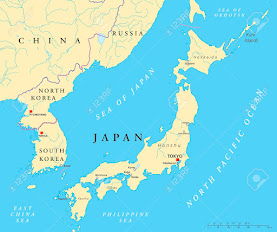Korea, a land rich in cultural heritage, has a history that stretches back centuries. The pre-war period was marked by a tapestry of customs, traditions, and artistry that reflects the essence of Korean culture.
Ancient Korea: A Cultural Cradle
In ancient
times, Korea's culture took root and blossomed. Confucianism and Buddhism
played essential roles, shaping values and daily life. The Korean script,
Hangul, emerged during this era, enhancing cultural identity.
Three Kingdoms Era: A Mosaic of Beginnings
The Three
Kingdoms era brought forth Goguryeo, Silla, and Baekje, each contributing to
Korea's diverse cultural heritage. Buddhism flourished, leading to the creation
of magnificent temples and sculptures.
Unified Silla Era: Flourishing Artistry
The Unified
Silla period saw Korea's unification and a golden age of culture. Remarkable
advances in pottery, metalwork, and pagoda construction highlighted Korea's
artistic achievements, gaining admiration and recognition.
Goryeo Dynasty: A Buddhist Legacy
The Goryeo
Dynasty revered Buddhism as a central cultural element. Buddhist art, intricate
paintings, and ceramics showcased Korea's creative brilliance. The Korean
alphabet, Hangul, was further promoted, enhancing literacy.
Joseon Dynasty: Confucian Influence
The Joseon
Dynasty ushered in a significant cultural shift, with Confucianism as the state
ideology. This philosophy influenced governance, education, and societal norms,
contributing to Korean philosophy and literature.
Cultural Resilience: Japanese Colonial Period
The
Japanese colonial period brought cultural challenges, yet efforts were made to
preserve Korean traditions. Folklore, music, and dance continued to thrive,
demonstrating Korea's resilience.
The pre-war
period in Korea was a time of cultural blossoming and transformation. From
ancient beginnings to the Joseon Dynasty's Confucian ideals and the resilience
during the Japanese colonial period, Korea's cultural heritage remained a vital
part of its identity. The legacy of this era continues to influence and inspire
the modern culture of Korea today.











0 Comentarios